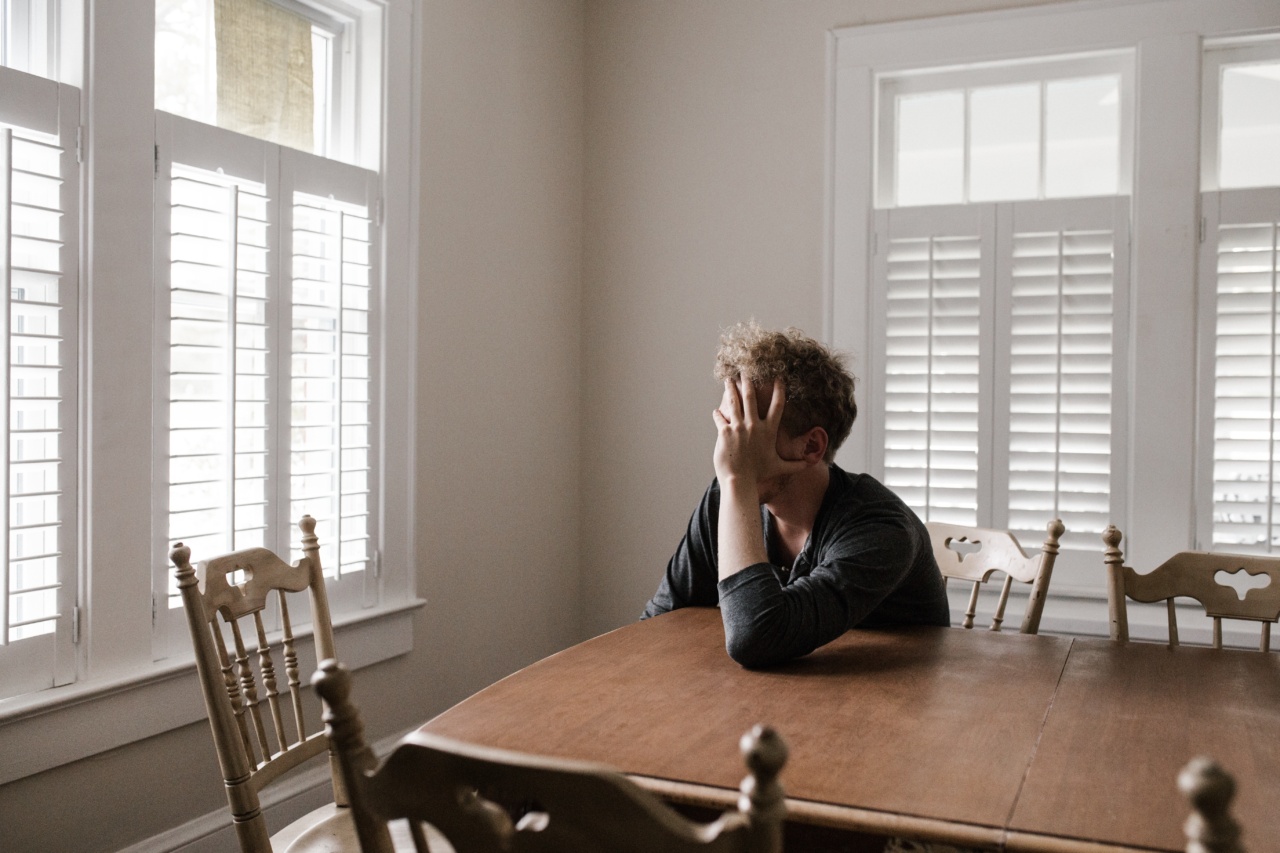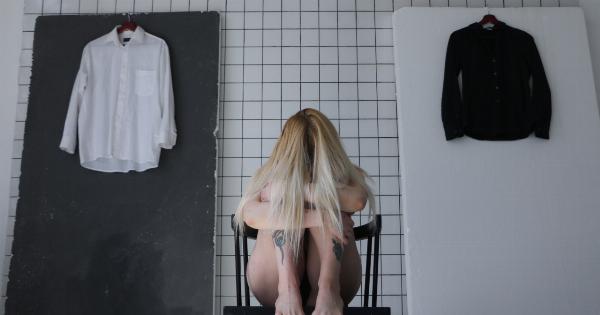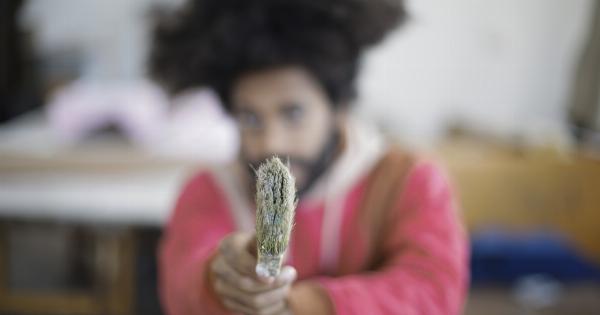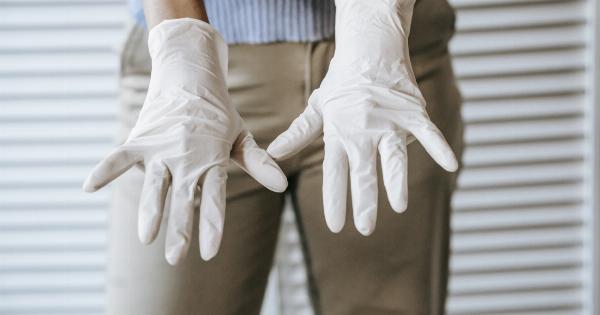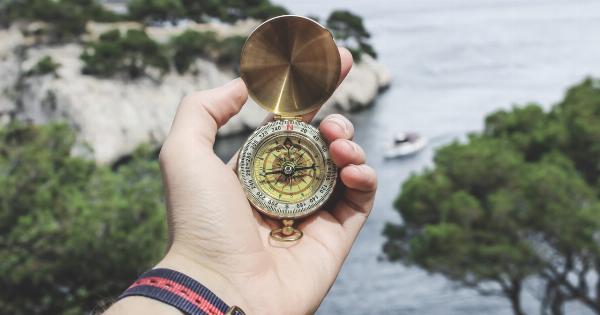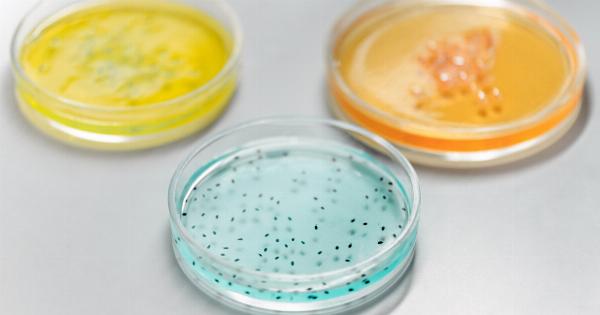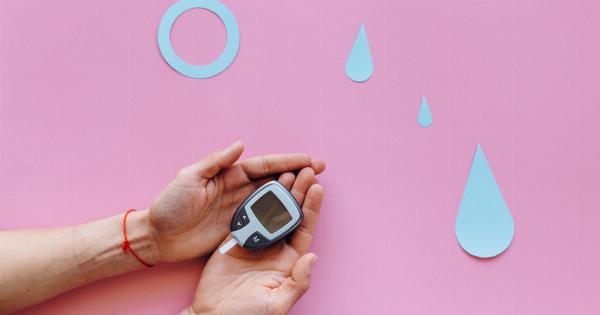Depression and bipolar disorder are two mental health conditions that can often be confused due to some overlapping symptoms. It is essential to understand the differences between the two to receive accurate diagnosis and appropriate treatment.
While both conditions involve mood disturbances, they have distinct characteristics that set them apart. This article aims to delve into the differences between depression and bipolar disorder, helping individuals and their loved ones better identify and understand these conditions.
The Basics: Understanding Depression
Depression, also known as major depressive disorder (MDD) or clinical depression, is a common mental health condition characterized by persistent feelings of sadness, loss of interest or pleasure, and a range of other emotional and physical symptoms.
These symptoms significantly interfere with daily life and can persist for weeks, months, or even years in some cases. Some common symptoms of depression include:.
- Feelings of hopelessness and worthlessness
- Persistent sadness or emptiness
- Loss of interest in activities once enjoyed
- Changes in appetite and weight
- Insomnia or excessive sleep
- Difficulty concentrating or making decisions
- Physical symptoms like low energy, aches, and pains
- Recurrent thoughts of death or suicide
Depression can affect anyone, and it can occur as a result of various factors, including biochemical imbalances, genetics, environmental aspects, or personal experiences such as trauma or loss.
Understanding Bipolar Disorder
Bipolar disorder, formerly known as manic depression, is a mood disorder characterized by episodes of intense highs (mania or hypomania) and lows (depression).
Individuals with bipolar disorder experience extreme shifts in mood, energy levels, and activity levels. The two primary phases of bipolar disorder are:.
- Manic episodes: During manic episodes, individuals may feel excessively euphoric, hyperactive, impulsive, and have an inflated sense of self-confidence. They may engage in risky behaviors, have racing thoughts, and experience a reduced need for sleep.
- Depressive episodes: Depressive episodes in bipolar disorder are similar to major depressive disorder and are marked by intense feelings of sadness, hopelessness, and a loss of interest in activities. These episodes can significantly impair daily functioning and often require professional intervention.
It is crucial to understand that bipolar disorder is a chronic condition that requires lifelong management and treatment.
Key Differences between Depression and Bipolar Disorder
Duration and Consistency of Mood
In depression, individuals generally experience a persistent low mood, sadness, and a lack of interest in activities, which can last for weeks or months.
The depressive episode in bipolar disorder is similar to depression but is typically followed by periods of mania or hypomania.
Manic or Hypomanic Episodes
Manic or hypomanic episodes are unique to bipolar disorder and are absent in depression. These episodes are characterized by an abnormally elevated mood, increased energy levels, impulsivity, and heightened self-esteem.
Some individuals may experience such episodes only a few times in their lives, while others may have them more frequently.
Changes in Energy and Activity Levels
In depression, individuals often experience fatigue, decreased energy levels, and a loss of interest in activities.
In bipolar disorder, energy levels can fluctuate dramatically, with periods of extreme energy during manic episodes and prolonged fatigue during depressive episodes.
Impact on Daily Functioning
Both depression and bipolar disorder can significantly impact an individual’s daily life and functioning. However, the effects of bipolar disorder can be more severe due to the intensity and unpredictability of mood swings.
The presence of manic or hypomanic episodes can lead to impulsive decision-making, strained relationships, and difficulties at work or school.
Treatment Approaches
The treatment approaches for depression and bipolar disorder differ due to the distinct nature of these conditions. Depression is commonly managed through psychotherapy, medication, or a combination of both.
Antidepressant medications and cognitive-behavioral therapy (CBT) are frequently used to alleviate depressive symptoms and provide coping mechanisms.
On the other hand, bipolar disorder often requires a combination of medications, including mood stabilizers, antipsychotics, and antidepressants (in some cases), along with psychotherapy.
Mood stabilizers are essential for balancing mood swings, while psychotherapy can assist individuals in understanding their condition, managing stress, and developing strategies for coping with both depressive and manic episodes.
Seeking Professional Help
If you or someone you know is experiencing mood disturbances, it is essential to seek the help of a mental health professional for an accurate diagnosis.
A qualified psychiatrist or psychologist can conduct a comprehensive evaluation, considering symptoms, medical history, and family history to determine whether an individual is experiencing depression or bipolar disorder.
Remember, self-diagnosis can be misleading, as depression and bipolar disorder have significant overlaps in symptoms. A professional evaluation is vital to receive appropriate treatment.
Conclusion
While depression and bipolar disorder share some similarities, they are distinct mental health conditions with different diagnostic criteria and treatment approaches.
Understanding the differences between depression and bipolar disorder is crucial for individuals, their loved ones, and mental healthcare providers to ensure correct diagnosis and develop an effective treatment plan.
By seeking professional help, individuals can receive the support, validation, and tailored treatment they need to manage their condition successfully and improve their overall well-being.
